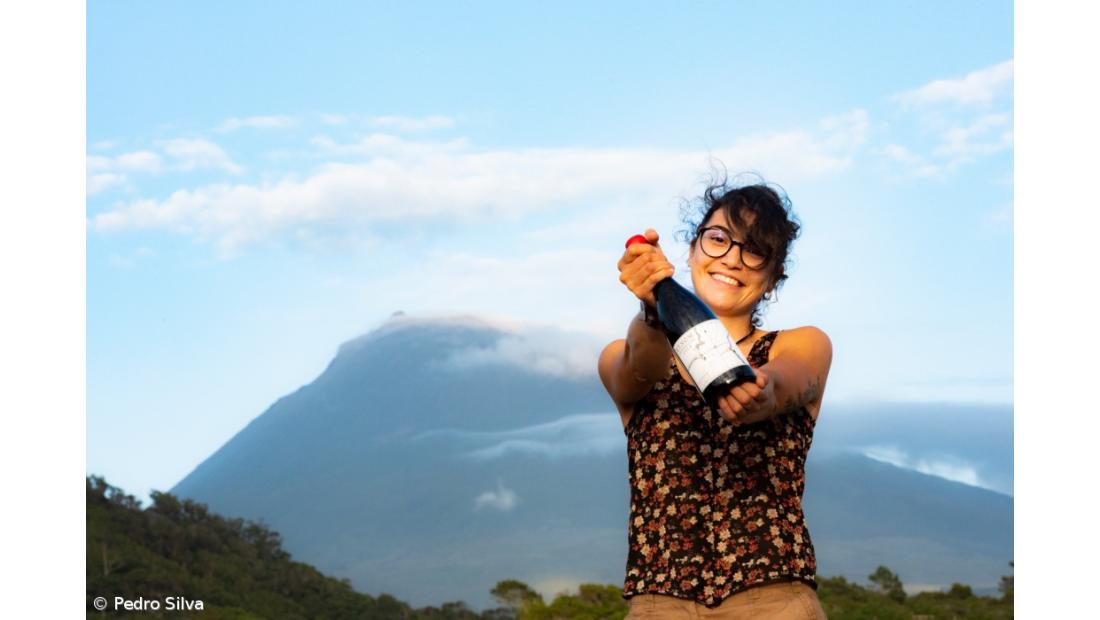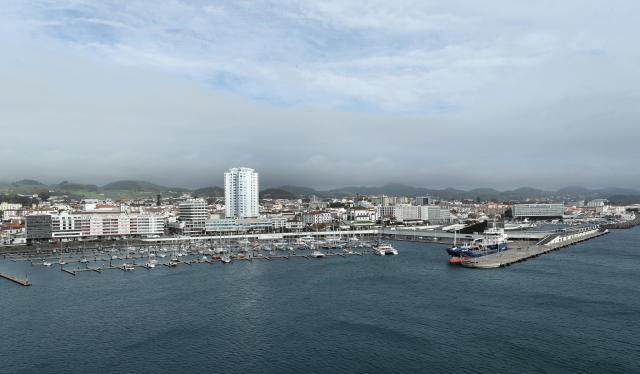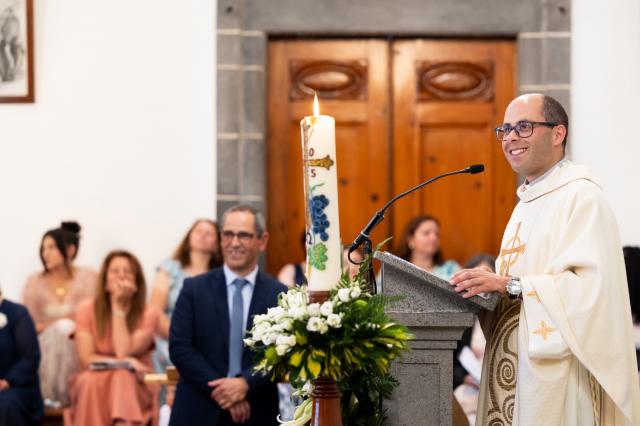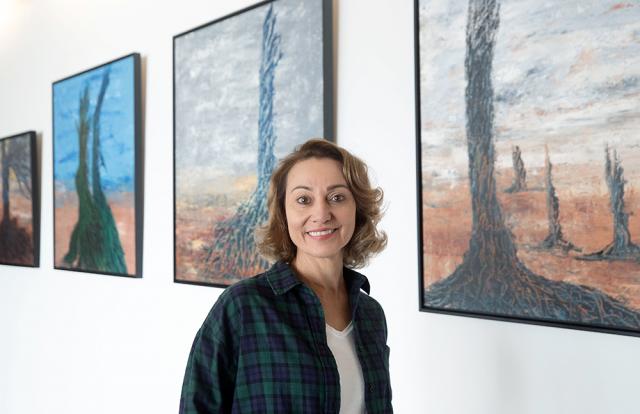Cátia Laranjo, from the island of Pico, is an oenologist and wine producer. The 31-year-old Azorean worked for several years at the Azores Wine Company. In 2020, she decided to create her own project, ETNOMVinhos, which uses only vineyards from her village and surrounding areas.
Her father was a winemaker and sold his production to the Pico cooperative winery. That is why Cátia Laranjo told Açoriano Oriental in an interview that she has been involved in this sector since she was a child. She helped her father and took part in the grape harvest.
"I often say that in Pico it is either vineyards or cows. Thank God my father had vineyards and not cows (laughs), otherwise I would be a vet and not an oenologist right now," she stresses.
Cátia Laranjo did her first harvest in Pico, in the very cooperative where she spent most of her childhood. She went on to do several in the Douro, Alentejo and even South Africa. Most of these experiences came from integrated internships on the Oenology course she took at the University of Trás-os-Montes and Alto Douro.
It was after her experience in Africa that she recognized the "immense potential of Pico. We still have a long way to go," she says, admitting that when she graduated she wanted to return to Pico and work in this area.
The ETNOM project, the name of her village (Lugar do Monte) spelled backwards, arose from Cátia Laranjo's desire to make wine only in this area. So, in 2020 she started making wine using her brother's grapes, although she also buys grapes from winegrowers near her village. Then, in 2021, she recovered her father's vineyard, in the traditional way, to ensure that "the genetic material used was 100% from the island", she says.
Since then, the winemaker has produced several wines, each with its own concept and story. In addition to the ETNOM white, rosé and red wines, she produced the Canada dos Ladrões wine, named after a path she has taken since she was a little girl, and whose grapes she has been buying from a winegrower in the area. On the other hand, Wine 2351, from old vines at Lajido da Criação Velha, is a tribute to Pico mountain.
However, none of these were Cátia Laranjo's first wines. In 2019, after being 'nagged' by her colleagues at the Azores Wine Company to make her own wine, she created Laranjinha, a wine that was only launched on the market in 2023.
This wine, her first oenological experience, was a vinification of "100% arinto from the Azores", acquired from a winegrower in Lajido do Monte, and it is named after its orange color.
"At the time I had already left the Azores Wine Company. They moved to the new winery and the only deposit that remained in the old winery was my wine. My colleague André brought the
wine home and the only place he had was a barrel of “vinho de cheiro”. The interaction between the white and the oxidation turned the wine orange," explains Cátia Laranjo.
According to the Laranjo, this wine "gives us an aromatic sensation", alluding to "tangerine or orange peel, and it has become a very interesting wine", she emphasizes.
The creator of ETNOM still does not have her own winery, something she hopes will change soon. For this reason, and taking into account the logistical issues inherent to the archipelago, she makes her wine at the winery where she used to work, which supports her in this regard. She rents the space, and carries out the bottling and labeling process. The winemaker says that she has learned "a lot" from working for this company, which has revolutionized the paradigm of wine in Pico. "Azores Wine Company was undoubtedly the company that put Pico wines on the map. There's a lot to thank António Maçanita for," she says, adding that he is "a great teacher and a genius at what he does".
At the moment, one of the main problems for Cátia Laranjo is the quantity produced. "It is a shame there is not more wine. When I started, we were always conditioned by the weather. We had three very bad years, 2020, 2021, 2022, in terms of quantity," she confesses.
In the future, in terms of production, Cátia Laranjo will have her own vineyard, but she reveals it will not be producing full capacity for another five years.
Despite the difficulties, she has produced much more this year, which raises another question: where to export and allocate these wines.
Canada is one of the markets she has already managed to close. She keeps her doors open to countries such as Switzerland, Austria, Germany and Sweden, and also intends to export to
mainland Portugal and Spain. "I haven't managed to do that yet because of quantities, but we will get there in the future," she concludes.








